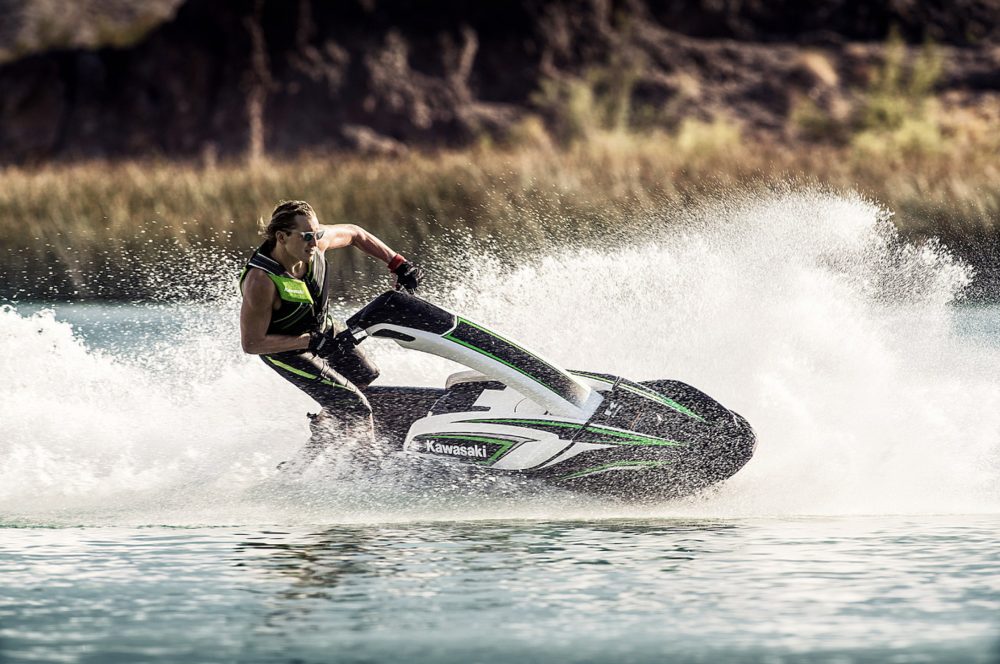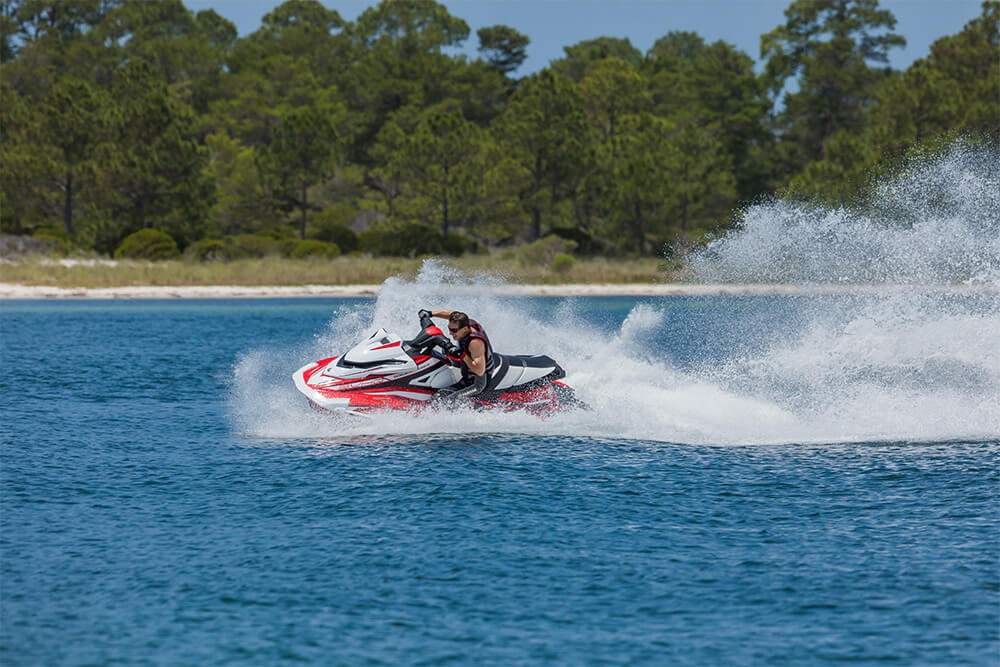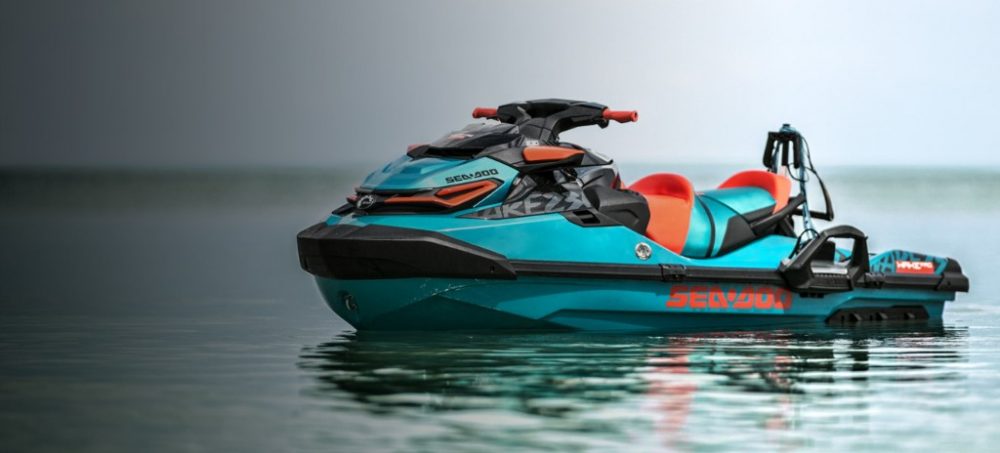Choosing the Right Personal Watercraft (PWC)
If you're thinking about buying a jet ski or PWC, there are a few factors to consider—take a look at our expert tips to ensure you chose the right personal watercraft for your needs.
If someone were to ask me how to choose the right personal watercraft, my answer would be simple: find the model with the highest horsepower-to-weight ratio and buy that one. Price wouldn’t really be an issue because unlike boats or automobiles, shopping for a new PWC means you can afford the very best of what’s available on the market, and regardless of what it is, it’s going to be affordable. Not everyone is like me, though, so let’s put some more thought into the topic. Here are a few factors to consider.

Deciding what PWC you're going to purchase is an exciting time, but before you jump into buying, take some time to consider what best fits your needs.
PWC Manufacturers
First, the market is much smaller than it used to be, so there are fewer manufacturers than there once was. For example, Honda got in and then backed out of the market. Polaris was in it a bit longer, but no more, and Tigershark is now a long, lost memory. The three manufacturers that are left are the ones who always dominated the market anyway—Sea-Doo, Kawasaki JetSki, Yamaha WaveRunner—so your options are still plentiful and you really can’t go wrong with any of them.
Sit Down or Stand-Up?
First things first, if you’re looking for a stand-up watercraft, there are only two, one from Kawasaki and one from Yamaha. The learning curve is still steeper than any other watercraft, but riding a stand-up is probably the only thing in the industry that counts as exercise. So, if you’re looking for something physical, stand-ups are your game, and both models are less than $10 grand.
The lion’s share of the market lies with the sit-down watercraft. The manufacturers themselves have done a pretty good job of delineating their models, with segments such as performance and racing, luxury, recreation and recreation light. Sea-Doo also offers an exclusive category for tow sports.
Of course, it’s more fun if you have someone to go riding with. That either means buying one of the larger craft, like something from Yamaha’s FX series, or buying two smaller craft, like something from Sea-Doo’s GTS line. At that point, however, price can come into play. By the time you buy two PWC and a trailer, you could be looking at more than $20,000.

Think about where you will be doing most of your riding—in a lake, along the Intracoastal, or in the open ocean?
Inland or Open Ocean?
Another important thing to consider is where you’ll be riding. If you’re on an inland lake, a closed cooling system doesn’t really matter. If you’re going to be out on the Intracoastal Waterway and the ocean, closed cooling can prevent potential maintenance problems in the long run than a model that runs raw cooling water through the engine.
Realize, however, that the more features you want, the heavier it’s going to be. Additional weight makes handling a little less crisp. The boat will feel more sluggish than a lighter model. Also, if you ever park it on a beach, it will be more difficult to push it back into the water.

Once you've narrowed down your PWC's make, manufacturer and style, now it's time to spoil yourself with some additional add-on features.
Extra Features
Once you know how you’ll be using the craft, then you can dial in the creature comforts and specific features that the manufacturers offer. For example, all manufacturers offer supercharged engines, so if acceleration and top speed are your thing, maybe that’s where you spend your money. If you’re going to be sharing the boat with novice riders, it might be important to consider which safety systems appeal to you most, such as Sea-Doo’s Intelligent Brake and Reverse system, Kawasaki’s Smart Learning Operation feature or Yamaha’s Ride system, which lets the driver switch from forward to neutral to reverse with one pull of the throttle. See which system you like best.
If you’re going to be bringing a lot of people along, maybe storage volume becomes more important or three-up seating. Some models also include 12-volt power outlets so you can charge your phone while riding, or even stereo systems and cruise control!
Were the choice mine, I’d still go with the fastest one I could find. But as you can see the market has been shaped by people other than speed freaks, and the availability of features and safety systems is greater than ever, even when there were more manufacturers making them.
For more on PWCs, read How to Drive a Jet Ski or PWC, along with Getting Your PWC Ready for the Season.












